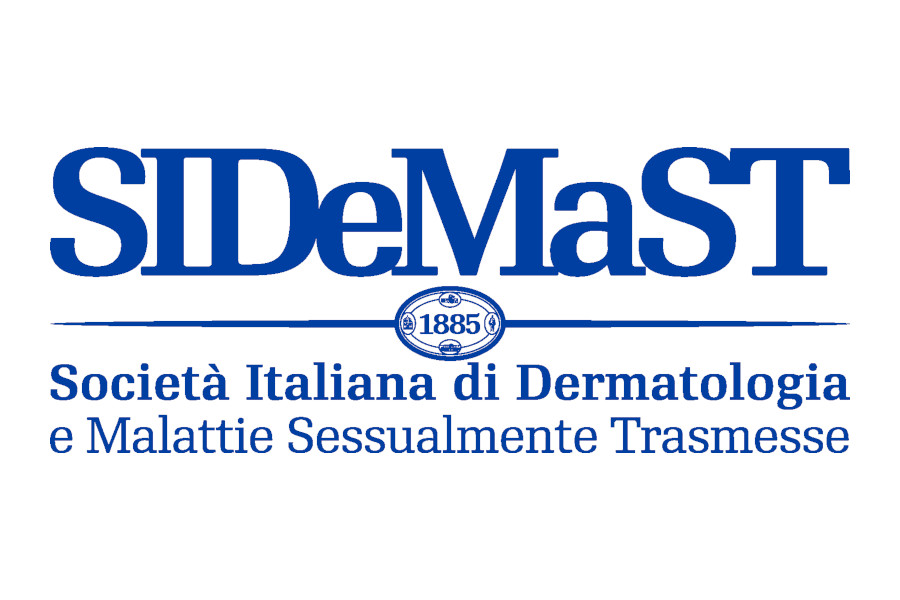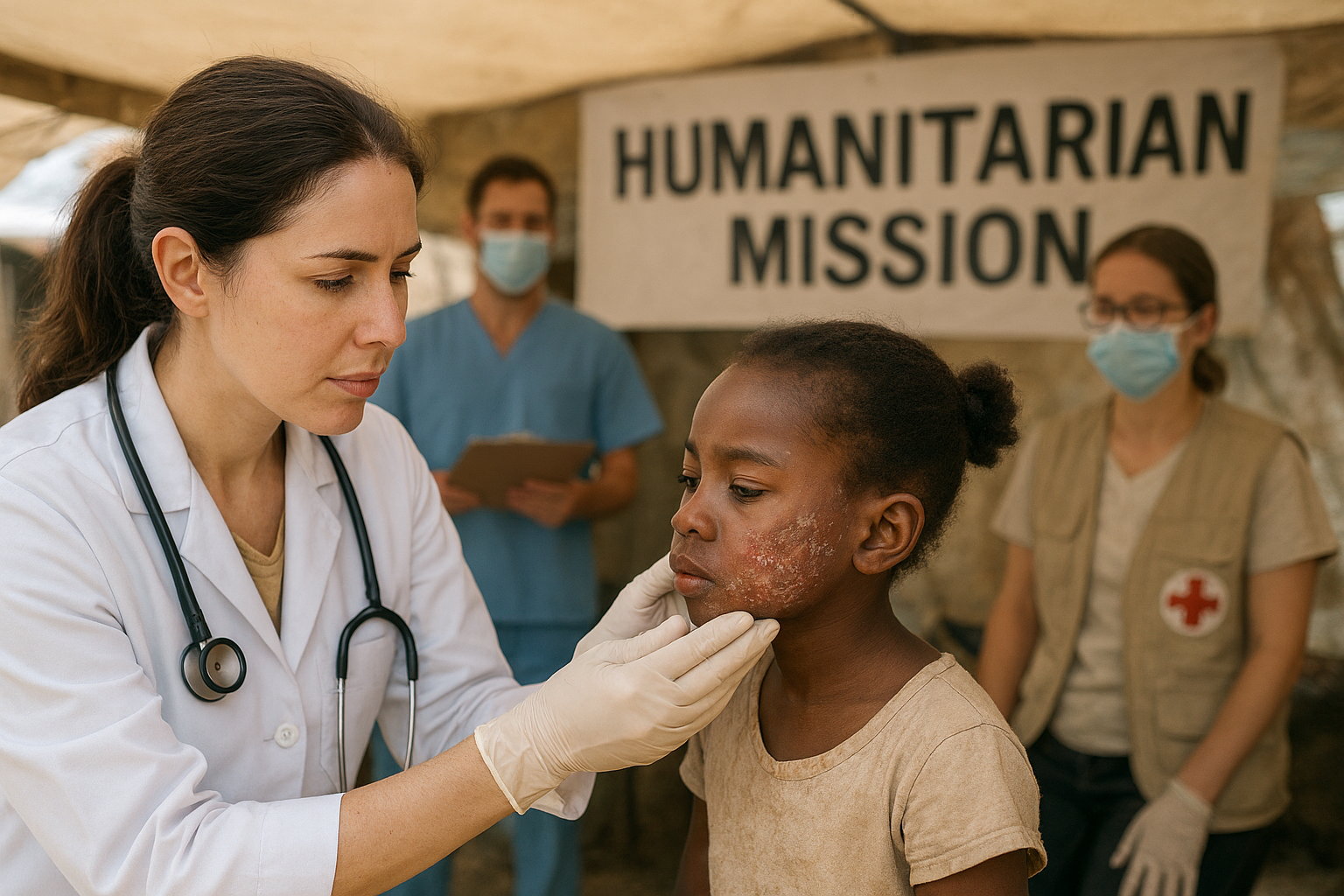Background Superficial fungal infections are common. It is important to confirm the clinical diagnosis by mycological laboratory methods before initiating systemic antifungal treatment, especially as antifungal sensitivity and in vitro susceptibility may differ between different genera and species. For many years the gold standard for diagnosis of superficial fungal infections has been direct fungal detection in the clinical specimen (microscopy) supplemented by culturing. Lately newer molecular based methods for fungal identification have been developed.
Objective This study was initiated to focus on the current usage of mycological diagnostics for superficial fungal infections by dermatologists. It was designed to investigate if it was necessary to differentiate between initial diagnostic tests and those used at treatment follow?up in specific superficial fungal infections.
Methods An online questionnaire was distributed among members of the EADV mycology Task Force and other dermatologists with a special interest in mycology and nail disease.
Results The survey was distributed to 62 dermatologists of whom 38 (61%) completed the whole survey, 7 (11%) partially completed and 17 (27%) did not respond. Nearly all respondents (82?100%) said that ideally they would use the result of direct microscopy (or histology) combined with a genus / species directed treatment of onychomycosis, dermatophytosis, Candida? and Malassezia?related infections. The majority of the dermatologists used a combination of clinical assessment and direct microscopy for treatment assessment and the viability of the fungus was at this visit than when initiating the treatment. Molecular based methods were not available for all responders.
Conclusion The available diagnostic methods are heterogeneous and their usage differs between different practices as well as between countries. The survey confirmed that dermatologists find it important to make a mycological diagnosis, particularly prior to starting oral antifungal treatment in order to confirm the diagnose and target the therapy according to genus and species.









